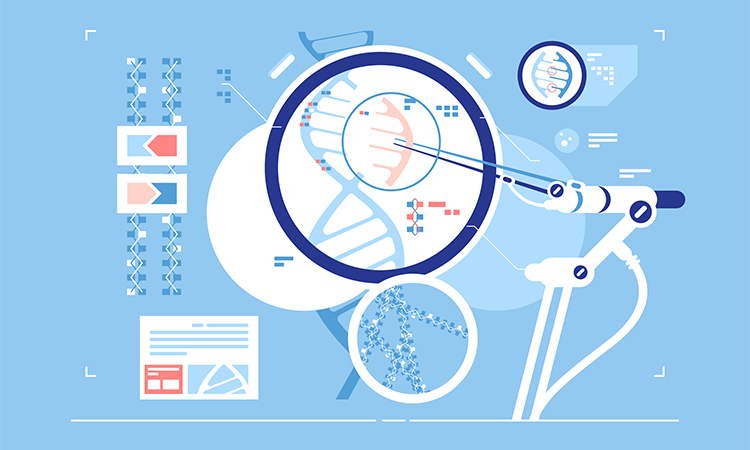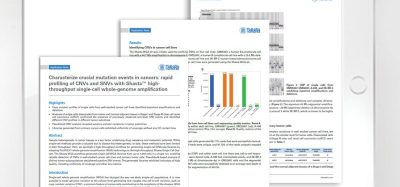Gene Lx9c11 helps mice survive virus infections
Posted: 12 August 2022 | Ria Kakkad (Drug Target Review) | No comments yet
Researchers have discovered that “jumping gene” Lx9c11 has a profound effect on the immune system to virus infection.


A new study by UNSW Sydney, Australia describes new information about how the immune system is regulated and have potential ramifications for the treatment of virus infections that can lead to an overactive immune response. The findings, which were recently published in Nature, highlights that gene Lx9c11 helps mice survive virus infections.
This transposable element is located near one of the most highly expressed genes following virus infection, in the Schlafen gene family. There are 10 Schlafen genes in mice and seven in humans and they are critically important as they encourage cell proliferation in response to viruses and inhibit virus replication. After knocking out one of the transposable elements – called Lx9c11 – from mice, the researchers infected the animals with Coxsackievirus B4, a virus that largely affects the pancreas and some other tissues. But instead of usually clearing the virus, the mice who had lost the Lx9c11 element died.
The researchers discovered the Lx9c11 deficient mice had an exaggerated immune response.
“We found that they had increased damage to the pancreas; infiltration of cells into the lung; activation of immune cell subsets; dysregulated blood glucose levels; weight loss and lethality. And the data indicated that the lethality was host induced,” senior author Dr Cecile King explained.
But when they put the transposable element back into other still-living mice that had been infected with Coxsackievirus B4, those mice survived the infection.
The researchers say this is an important finding which illustrates how the immune system is under tight regulation; a person needs a strong immune response to infection, but this needs to be suppressed quickly after the pathogen clears the body to avoid the risk of continued tissue damage.
The team are now planning to conduct genome wide analysis to identify and determine the role of other transposable elements to try and pinpoint if there are other transposable elements that are doing similar things.
Related topics
Gene Testing, Genetic Analysis, Genome Editing, Genomics, Therapeutics
Related conditions
virus infections
Related organisations
UNSW Sydney
Related people
Dr Cecile King







